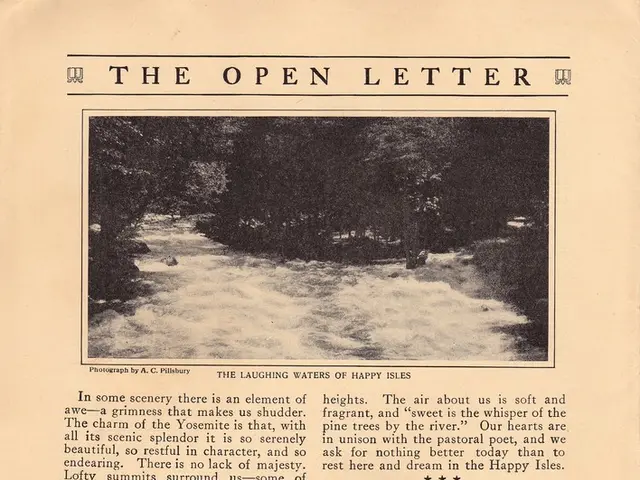Utilization: Definition, Categories
In the realm of economics, the theory of utility has proven to be a valuable tool in understanding consumer behavior and demand. This theory, which emerged as a response to earlier value theories like the labor theory of value, began its journey in the 18th century with the proposal of the concept of utility by Nicholas Bernoulli in 1713.
The theory of utility, prominently developed in the late 19th century with the emergence of neoclassical economics, moved away from value being determined by labor cost towards value being determined by the satisfaction (utility) consumers derive from goods. Key figures such as William Stanley Jevons, Carl Menger, and Léon Walras formalized the concept, laying the foundation for modern microeconomics.
Key Concepts and Formulation
The theory of utility is centred around the idea of utility, a measure of satisfaction or happiness consumers get from consuming goods or services. The total utility (TU) represents the total satisfaction received from consuming a given total quantity of a good or service, while the marginal utility (MU) represents the additional satisfaction gained from consuming one more unit of a good or service. The law of diminishing marginal utility states that consumer satisfaction decreases with more consumption.
Formally, if ( U(Q) ) represents total utility from quantity ( Q ) of a good, the marginal utility is the derivative ( MU = \frac{dU}{dQ} ).
There are four main types of utility often discussed in economics: form utility, place utility, time utility, and possession utility. These concepts explain how utility influences consumer behavior and demand.
- Form utility: Utility added by the form or composition of a good.
- Place utility: Utility added by having the good available at a convenient location.
- Time utility: Utility added by having the good when it is needed.
- Possession utility: Utility derived from ownership or possession, making a product more useful.
Relation to the Law of Demand
The theory of utility is closely related to the law of demand. The law of demand states that there is an inverse relationship between the price of a good and the quantity demanded, ceteris paribus. Utility theory provides the microeconomic foundation for this law:
- Because marginal utility typically diminishes with each additional unit consumed, consumers will only buy more units if the price falls enough to justify the lower additional satisfaction.
- As the price drops, the quantity demanded increases because the consumer’s marginal utility per unit price rises, making consumption more attractive.
- Thus, marginal utility analysis explains why demand curves slope downward.
Examples of Utility in Everyday Life
Ownership can affect the value of goods. For example, racquets are more valuable when tennis players have them than office workers. Trucks are more relevant to logistics companies than households. A raincoat is more valuable when it rains than when it's sunny. A cigarette has a utility for smokers because it satisfies them, but it endangers their health. Goods or services can become valuable because they are in the right location. For example, apartments are worth more when they are in the city center rather than in the countryside.
In summary, the theory of utility has played a significant role in shaping our understanding of consumer behavior and demand. It provides a framework for analysing how consumers make decisions based on the satisfaction they derive from goods and services, and how this satisfaction changes with the quantity consumed. This understanding is essential in various fields, from marketing and economics to policy-making and business strategy.
References:
- Investopedia
- Khan Academy
- MIT OpenCourseWare
- Investopedia
- Investopedia
The theory of utility, deeply rooted in the field of economics, has extended its influence to the broader spectrum of business and education-and-self-development. For instance, understanding utility helps marketers tailor products to maximize consumer satisfaction, thus driving sales. In the realm of economics, financial institutions may use utility theory to predict consumer behavior and demand, helping them make informed decisions in revenue management and investment strategies.
In essence, the theory of utility brings the insights gained from economics to real-world applications, facilitating the improvement of various aspects of business and personal finance through education-and-self-development.




